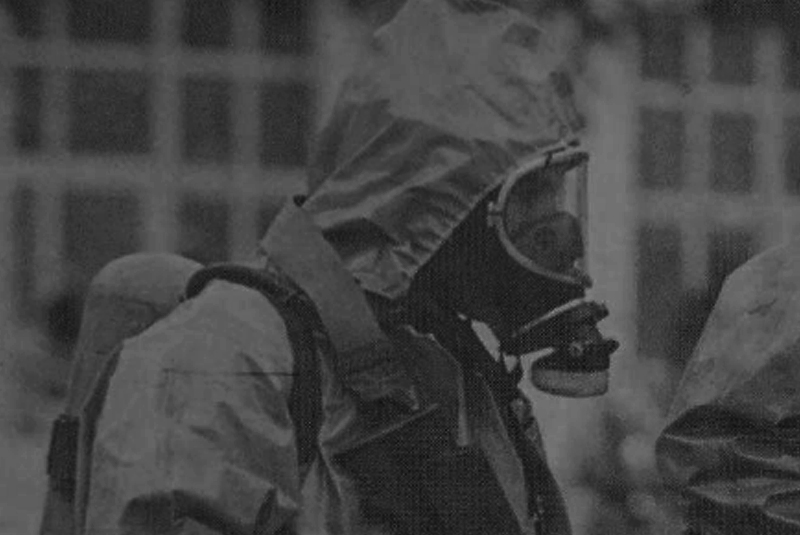Biological warfare, also known as germ warfare, is the use of toxins or infectious agents such as bacteria, viruses, insects, and fungi to kill or incapacitate humans, animals or plants as an act of war. Biological weapons are difficult to detect, economical and easy to use. Several nation-states have developed, acquired, stockpiled or deployed against a single individual, a group of people, or even an entire population.
Biological warfare goes back two millennia. In the sixth century BC, the Assyrians poisoned enemy water sources. In 1346, the Tartars catapulted bodies of plague victims over the city walls of Caffa, in Crimea, to break the siege and potentially kick-started a second plague pandemic. In 1650, the Polish forces shot their enemies with saliva from rabid dogs.
The French military Commander Napoleon Bonaparte flooded the Mantua plains to spread malaria in Italy. In the United States, Confederate sympathisers allegedly sold clothing from patients with yellow fever and smallpox to Union troops. Similarly, the European settlers spread smallpox, with devastating effect, among the indigenous American population.
During the Siege of Fort Pitt in 1763, the British used smallpox as a biological weapon in the French and Indian War to target Native Americans. During World War I (1914-18), Biological sabotage, in the form of anthrax and glanders, was undertaken on behalf of the Imperial German government. Consequently, the Geneva Protocol of 1925 prohibited the use of chemical weapons and biological weapons.
-30-
Copyright©Madras Courier, All Rights Reserved. You may share using our article tools. Please don't cut articles from madrascourier.com and redistribute by email, post to the web, mobile phone or social media.Please send in your feed back and comments to [email protected]











